Six good reasons to visit Waltham Abbey
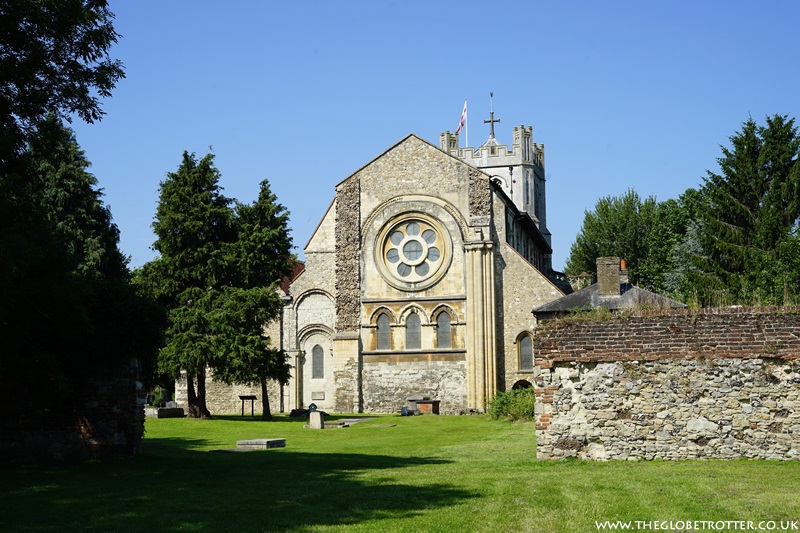
Waltham Abbey is a lovely market town located between River Lea and the ancient woodlands of Epping Forest. It is around 15 miles north east of London and is on the British Rail network (Waltham Cross Station).
Twinned with Hörstel in Germany, this Essex town is steeped in history.
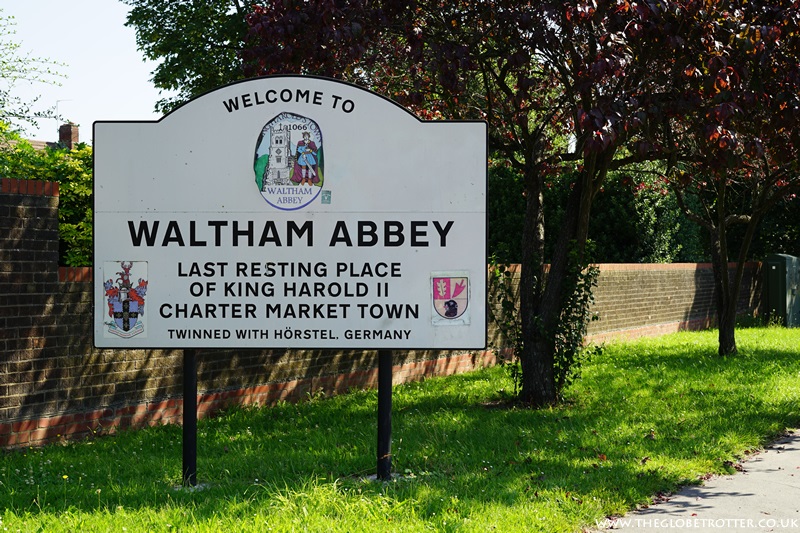
There are traces of prehistoric and Roman settlements in the town and it is also said that King Harold Godwinson, who died at the Battle of Hastings in 1066, is buried in the churchyard of Waltham Abbey Church. If you are interested in learning more about the history of Waltham Abbey, then the local town council's website is a great source.
Waltham Abbey is also situated on the Greenwich Meridian Line which I did not know until we came across a pavement mosaic in Sun Street. The mosaic features a pair of dragons, King Henry VIII and the Abbey Church along with a world map.
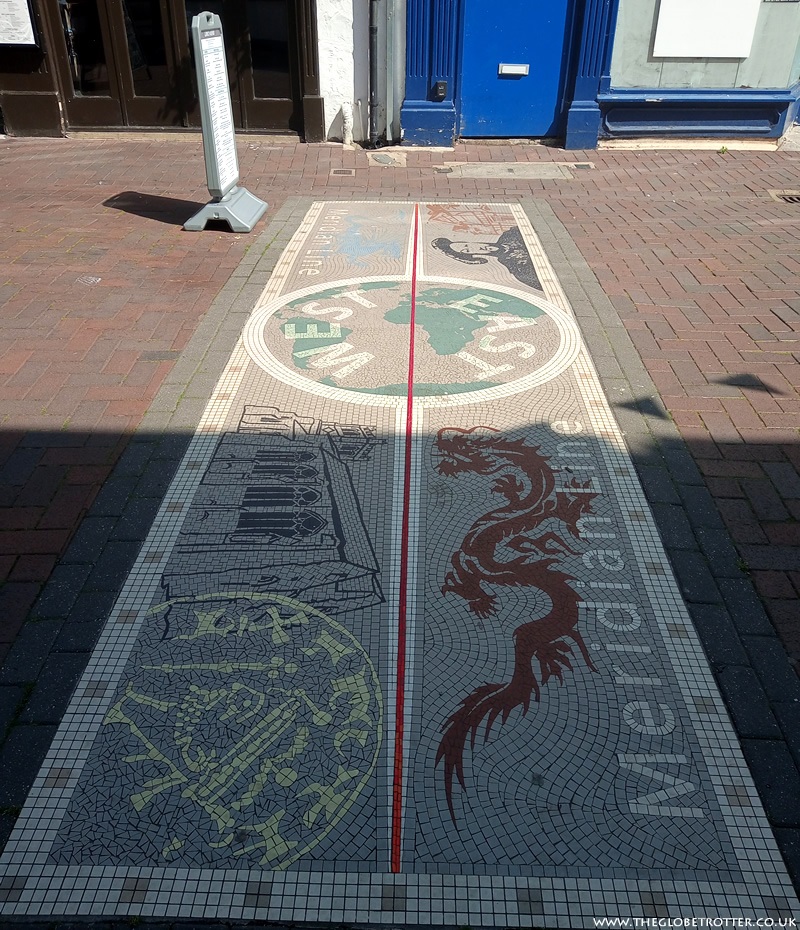
Although it is small, you can spend an enjoyable day in this market town. There are a few historical places to see, a couple of museums to visit, some timber-framed houses to admire and then there are pubs and restaurants with good food and great drinks on offer.
We have been to Waltham Abbey a few times and here’s what we did and what we would recommend on a day trip to the town.
Visit the medieval Waltham Abbey Church and the Waltham Abbey Gardens
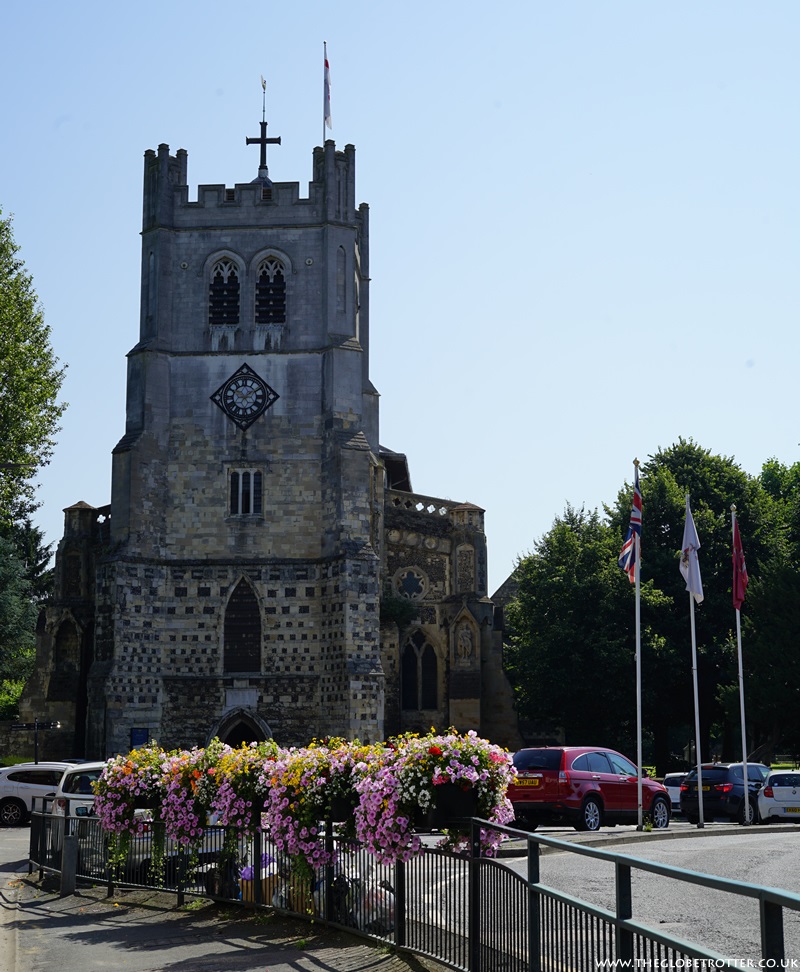
The medieval Waltham Abbey Church is said to be the final resting place of Harold II or 'Harold Godwinson', the last Anglo-Saxon King of England. The church was a favourite of Harold's and following his death at the Battle of Hastings his body was brought back to Waltham. If you go into the Abbey Gardens you will find two marker stones with the following inscriptions:
- "This stone marks the position of the high altar behind which King Harold is said to have been buried in 1066."
- "Harold King of England OBVT 1066."
There are several other references to Harold like a statue of his that features prominently in a niche on the south-west corner of the Abbey.
According to information boards in the Abbey premise, the first church on the site was built in the 7th century and consisted of one or two rooms. At the end of the 8th century, during the time of King Cnut a new church was built. It was then extended by Harold sometime in 1060. The church was then rebuilt by the Normans in a new Romanesque style between 1090 and 1150. And it was in 1177 that King Henry II enlarged the church to almost three times its present day length. In 1540, the closure of the Abbey was ordered and it was the last one to be destroyed during the Dissolution.
Today, the church is a reminder of the history of Waltham Abbey.
For those interested to know more about the church, there are knowledgeable tour guides on site who can tell you about the history and architecture of the Abbey as well as show you round both inside and outside the church.

Also, if you walk around the Abbey premises you can still see the 14th century gatehouse and bridge that remains, as well some sections of the walls of the post-medieval house that was built following the Abbey's dissolution.
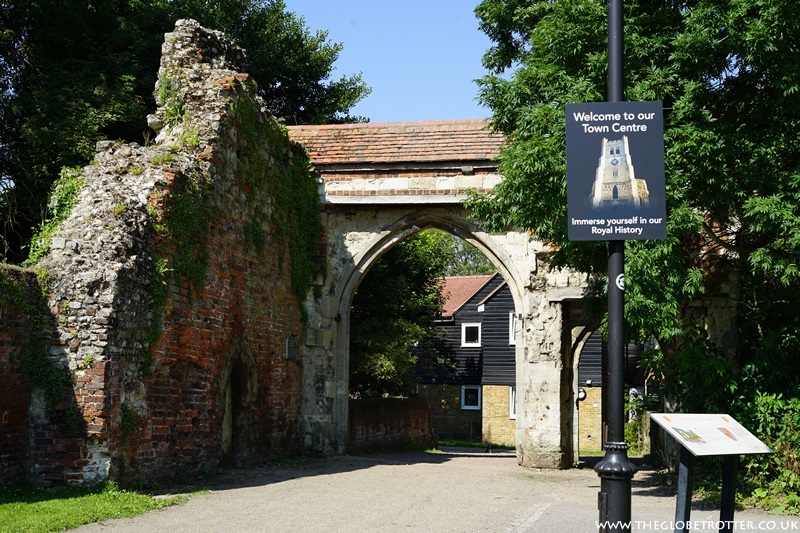
Learn about the local history at Epping Forest District Museum
Housed in a lovely Grade II listed Tudor building is the Epping Forest District Museum. The museum's exhibit collection includes costumes, paintings, jewellery, documents, photographs, art, tools & equipment and even the skeleton of an abbot. In addition to the permanent galleries and temporary exhibitions, the museum also hosts a range of events (creative workshops, talks etc.) throughout the year.
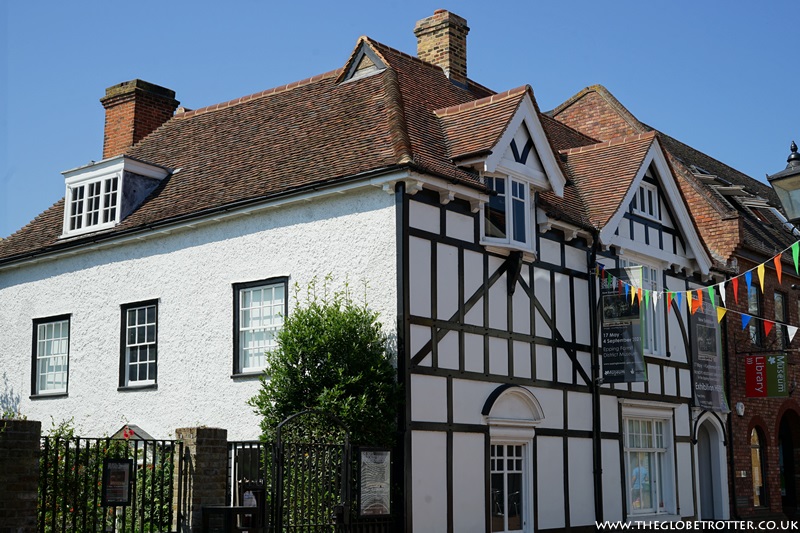
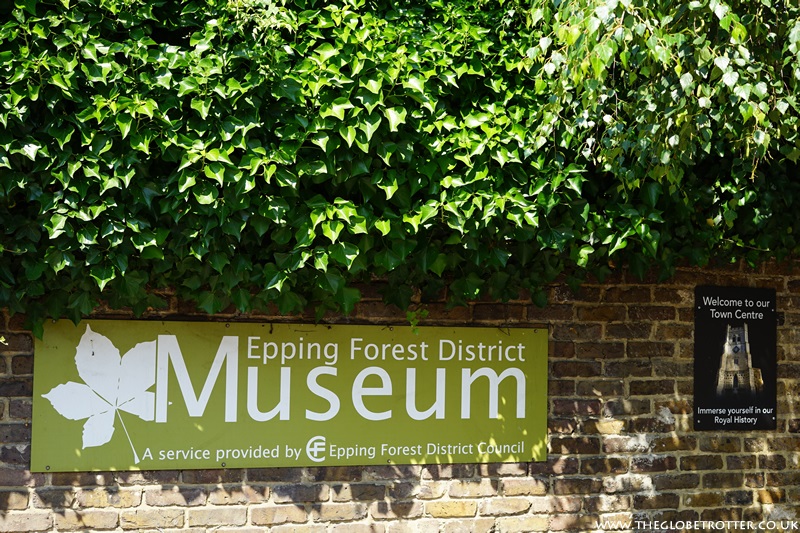
It is a small museum but well worth a visit to learn about the people and events that shaped Waltham Abbey and the surrounding areas.
Admission is free.
Epping Forest District Museum | 39-41 Sun Street, Waltham Abbey, EN9 1EL
Phone | 01992 716882 Email | [email protected]
Visit the Royal Gunpowder Mills
The Royal Gunpowder Mills is set in around 175 acres of parkland and has 21 buildings of major historical importance. The site was used for the production of explosives during the 17th century and was in operation for nearly 300+ years. From the mid-1850s the site was involved in development of nitro-based explosives and subsequently after World War II it was used as a defence research establishment. Post 1991, a part of the original northern site was decontaminated and a visitor centre setup to allow the public to learn more about the history of the site. Today, the Royal Gunpowder Mills is one of the most visited attractions in Waltham Abbey.

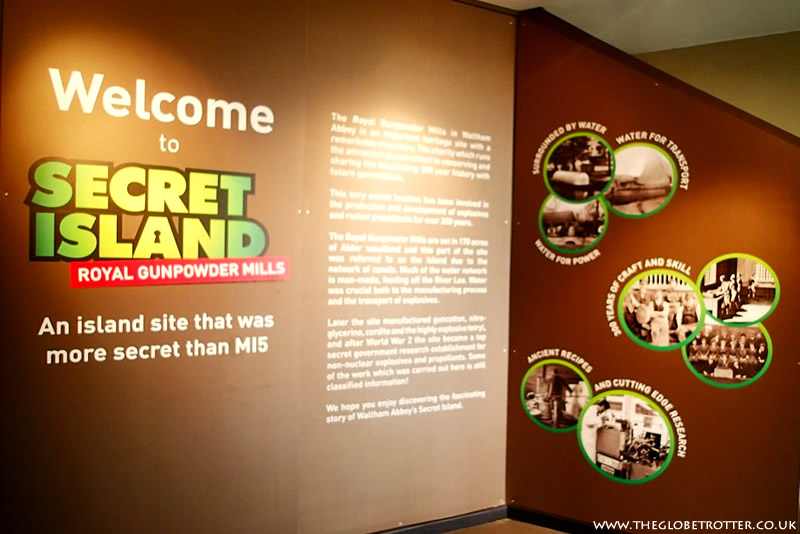
Visitors to the site can begin their tour by exploring a permanent exhibition and then watching a short film about the history of explosives manufactured at the Royal Gunpowder Mills. You can then head to the 'Armoury' where there is a comprehensive collection of over 200 small arms and militaria covering the period from the English Civil War to present day conflicts. After the Armoury, visitors can head to the 'Rocket Vault' which displays rockets and different types of propellants used in rocket motors - gunpowder, cordite etc. Some interesting exhibits in this section include the rocket engine from a V2 that broke up mid-air over Waltham Abbey in 1945 and the Gosling motor from a Thunderbird anti-aircraft rocket (from the cold war era).
In addition to the permanent exhibitions and displays, there are seasonal shows and exhibitions and also several activities for children.
The site also offers timed and guided Tractor Trailer tours that takes visitors to 'out of bounds' parts of the site. On the tour you will get to see the remains of some buildings that were used in the production of explosives. If you are lucky you might also spot some wildlife as the site is home to Fallow Deer, Muntjac deer, rabbits etc.
The site has a cafe that serves a range of hot meals or if you have brought your own packed lunch, you can make use of the picnic room.
Overall, it is a great place for a fun day out for the entire family.
For opening times and current admission prices, use the contact details below.
Royal Gunpowder Mills | Beaulieu Drive, Waltham Abbey, EN9 1JY
Phone | 01992 707370 Email | [email protected]
Visit a park that has an explosive history
Gunpowder Park in Waltham Abbey was at one time a Royal Ordnance site and was used for munitions testing. But this was way back in time and today the area has been transformed into a beautiful country park.
Spread over 115 hectares, the park has lots of open spaces for nature lovers, meadows and marshes for walkers and cyclists and is also a haven for wildlife. Some of the bird species that you can spot here include Skylark, Owls (Little Owl, Long-eared Owl, Tawny Owl), Goldfinch, Kestrel, Red Kite and six different species of bats! The park is also home to a variety of invertebrates and small mammals.
The park is split into four bio areas each offering a different experience:
- Cob Fields (The Shock-Wave Galleries) featuring bands of native trees and shrubs
- Cob Meadow (Blast Mound Plateau) which is a nesting place for skylarks
- Osier Marsh (The Salix) which is a wet woodland and an important wildlife refuge
- Cob Fields (The Energy Fields) offers good views
Bestowed with the Green Flag Award (given to publicly accessible parks and open spaces), Gunpowder Park is a great place to spend some leisure time.
Gunpowder Park | Sewardstone Road, Waltham Abbey EN9 3GP
Car parking charges apply.
Related | Check out this walking trail from Gunpowder Park to Lee Valley White Water Centre and back
Check out the town’s historic architecture
When you are walking through the streets of Waltham Abbey (especially Sun Street and the Market Square area), do remember to look around as there are some really lovely buildings here.
At the corner of Sun Street and the Market Square is a Turkish Barber shop. This building was formerly an inn. If you look closely at it, you will notice that there is carved wooden bracket shaped like a hermaphrodite figure and holding a jug that supports the projecting upper storey.

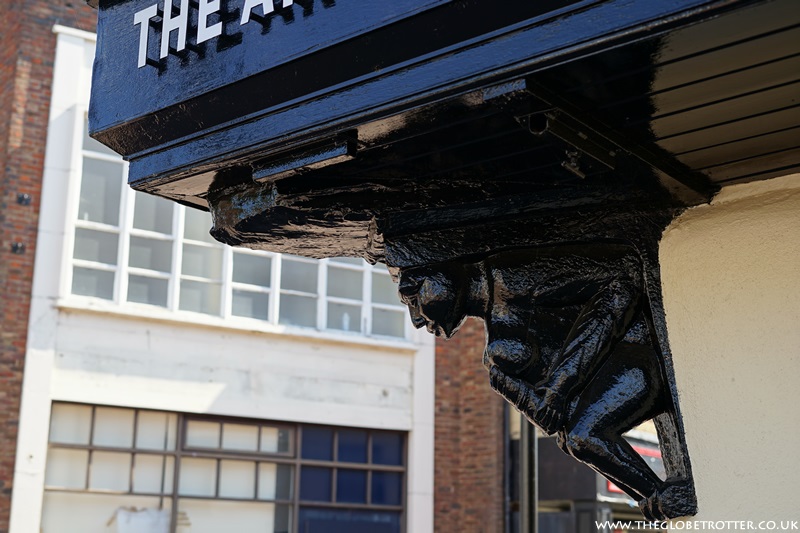
Located on Highbridge Street is the Waltham Abbey Town Hall which is another listed building and a fine example of Art Nouveau architecture. Built in 1904 by Bentley Builders, the building has been in use in many different capacities. At one time it was used as a fire station and during the First World War it was converted to an auxiliary hospital. Today it is used as the meeting place of the Waltham Abbey Town Council and also hosts a number of local community events.
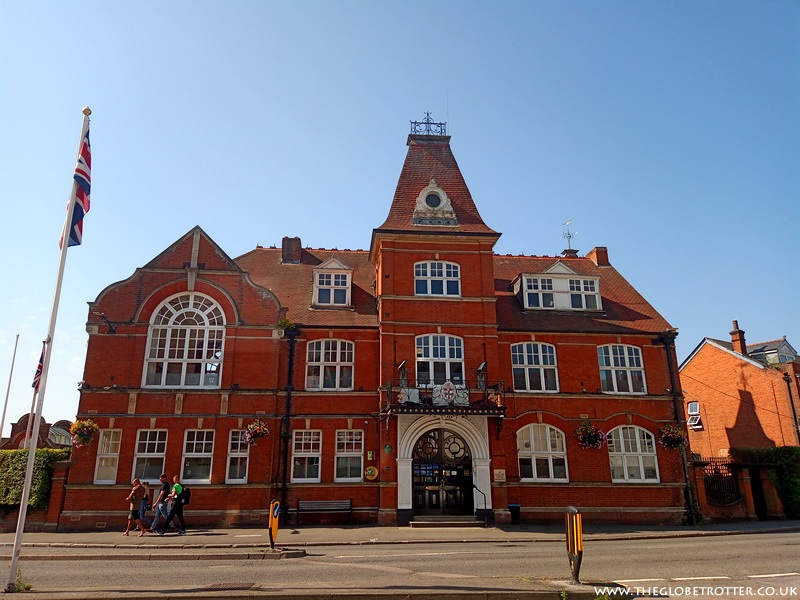
Located in the Market Square is the Welsh Harp Inn. With its timber framework, hipped old tile roof and a Lychgate passage (on the left side) that leads to the Abbey churchyard, this inn is thought to date from the 15th century with some additions done in the 17th century and could probably be the only intact medieval building in the town.
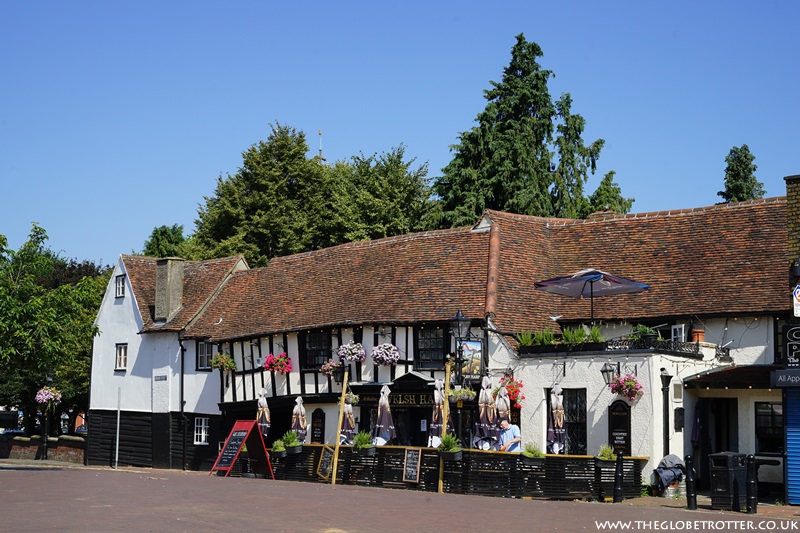
Two other notable 18th-century buildings are the Essex House in Sewardstone Street (probably dating back to 1722) and St. Kilda's in Highbridge Street (probably dating back to 1704).
Enjoy traditional pub meals and local ales
There are many good pubs, restaurants and tearooms all within walking distance from the Waltham Abbey Church. Located in the Market Square is the Welsh Harp which offers good quality gastro pub food and a warm welcome to all visitors. It is one of the oldest pubs in town and loved by the locals.
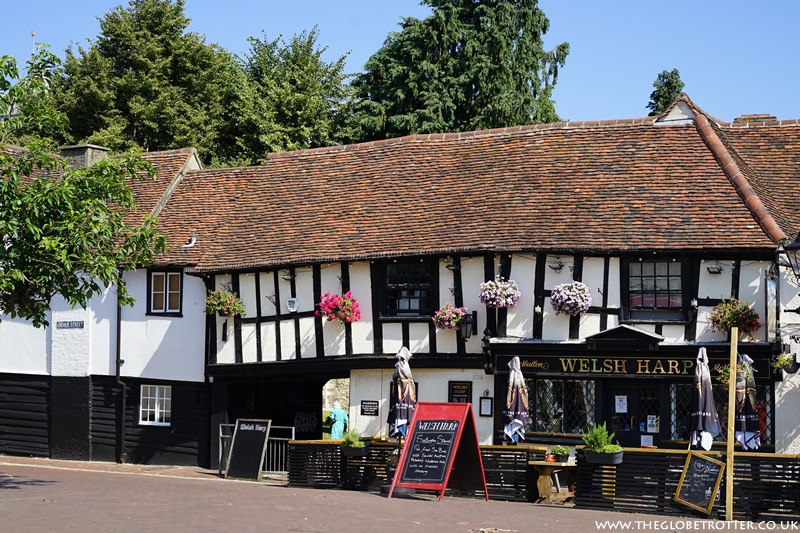
Another old pub is the Sun Inn which is located on Sun Street and is popular with the locals.

Also on Sun Street is Vintner & Mason, a wine tasting kitchen and Tapas bar.
Kalik Coffee House on Sun Street is a good place for a coffee stop or to enjoy some pastries or sandwiches.
For the pastry lovers, there is also Royal Artisan (in Sun Street) who offer a wide range of baked goods and desserts including artisan sourdough bread, baguettes, tarts, cakes, cookies and a lot more.
Located on the corner of Sun Street and Crooked Mile is Vince's Restaurant and Bar, serving authentic Italian food - wood fired pizza, tasty pasta and a selection of cocktails.
There are many more cafes, pubs, coffee shops and restaurants in Waltham Abbey where you can enjoy a pint or a tasty lunch or dinner. As you walk down Sun Street, you are sure to find an eatery to suit your preferences.
If you have any suggestions on what to see or do in Waltham Abbey let me know via the comments section below.

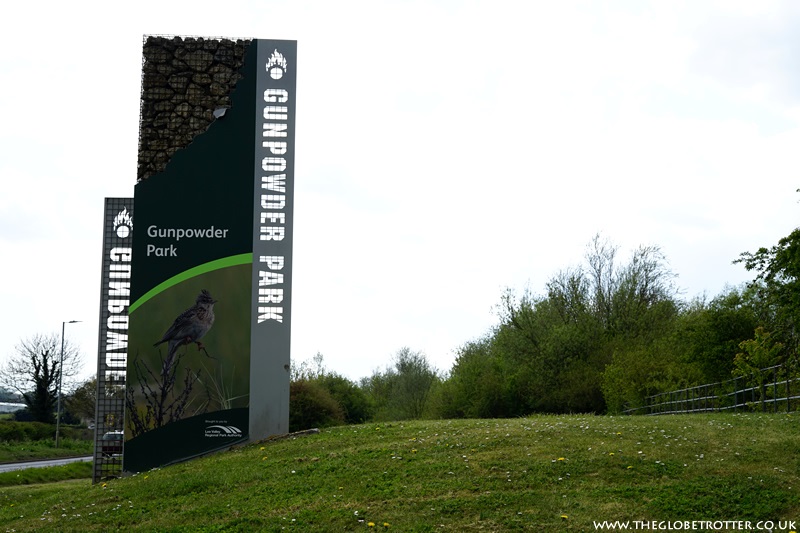
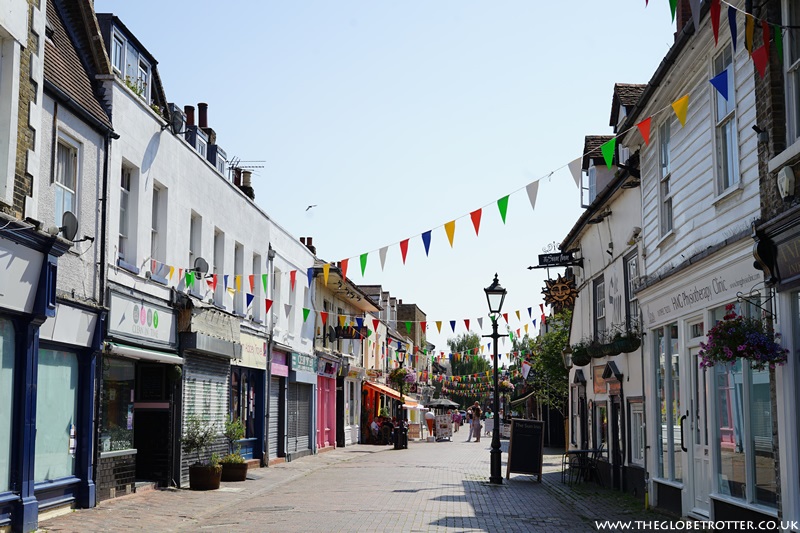
Post a Comment